Things We Use Every Day That Didn't Even Exist 15 Years Ago

The Future Is Now
We may not be zipping around with rockets on our backs, but life in 2024 is still remarkably different than it was just 15 years ago. Of course, much of that is thanks to the internet, which has weaseled its way into almost every corner of our lives. Given how fast technology evolves, some items on this list will no doubt bite the dust in another decade or two, but for now, here are things we use on the regular that weren't around some 15 years ago.
Editor's Note: This story was updated in April 2024.
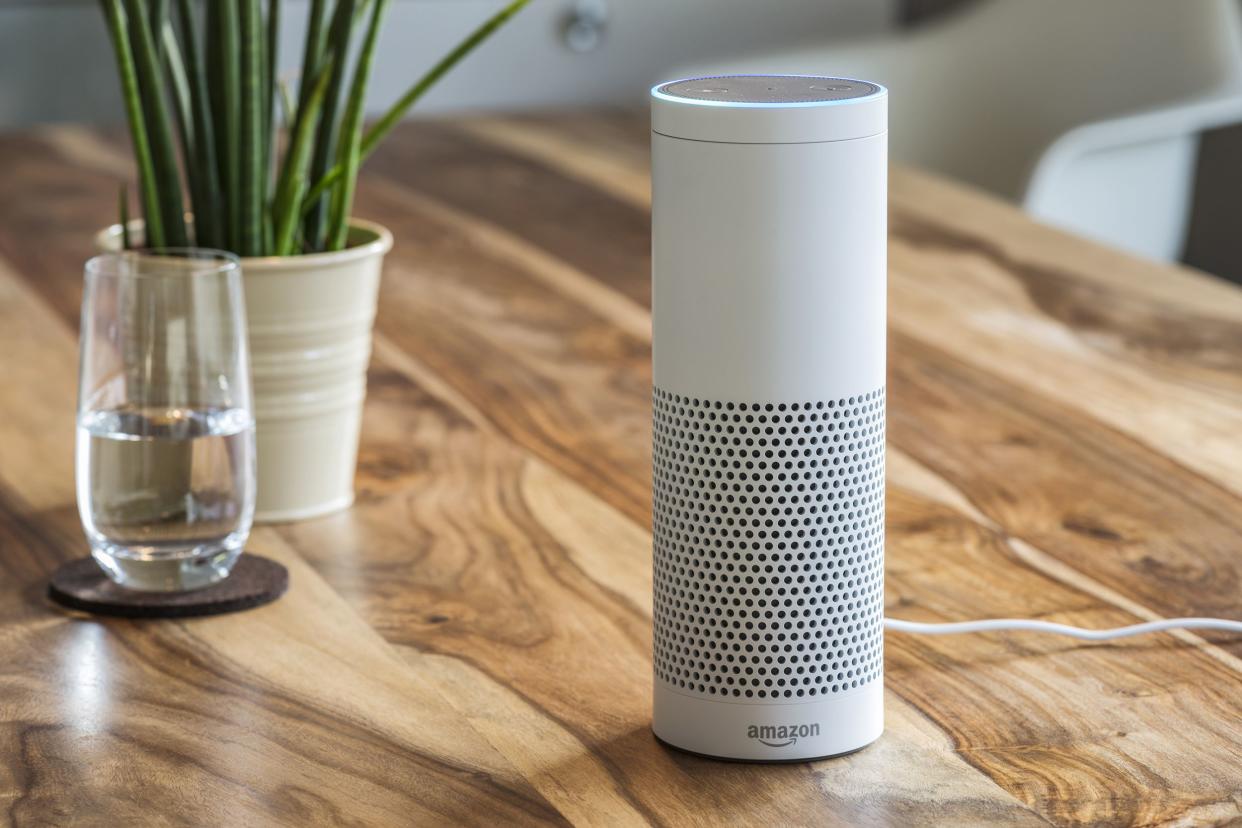
Amazon Alexa
If you find yourself telling Alexa to turn off the lights, tell you the weather, or play you a song, keep in mind that this virtual assistant was, well, virtually unheard of just a few short years ago. Amazon's first Alexa-enabled device, the Echo, wasn't widely available until 2015. Today, the number of devices that use Alexa has exploded, and you can even ask her to tell you a "yo momma" joke.

Facebook Messenger
Hundreds of millions of people across the planet use Facebook's messaging platform, which the company released in 2011. Meta's free service is especially dominant in India, Brazil, and Mexico, though Messenger still boasts millions of North American users. Unlike text messaging services, people can communicate for free with worldwide users, making the service practical for immigrants and tourists.
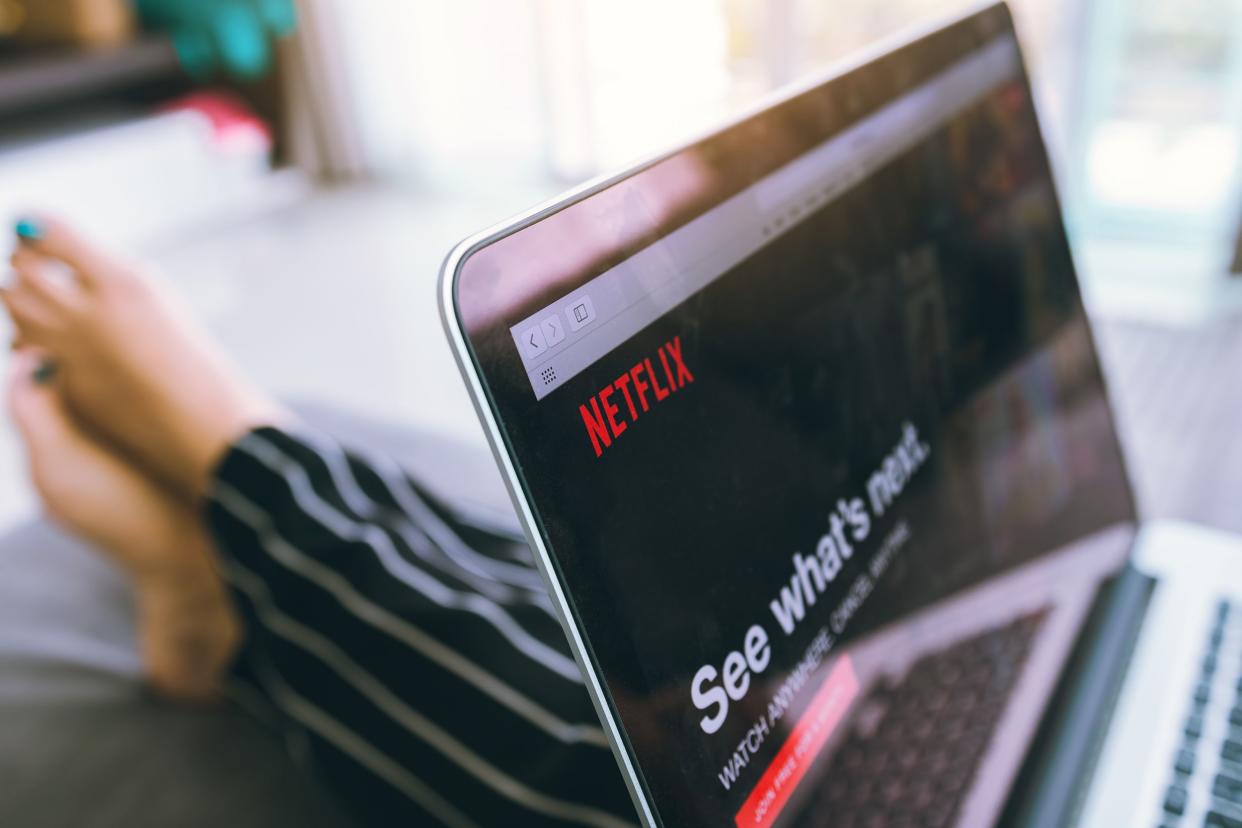
Netflix Originals
You probably remember when Netflix was known for sending DVDs in the mail, not streaming content. Founded in 1997, Netflix didn't make the leap into streaming for a decade. Even then, it was all content produced elsewhere — you couldn't binge Netflix original programming until 2013, with the debut of "House of Cards." Now, Netflix produces so much content — over 2,000 original titles in 2020 — that it's even gotten some pushback that it's too much.
For more fun trivia stories, please sign up for our free newsletters.
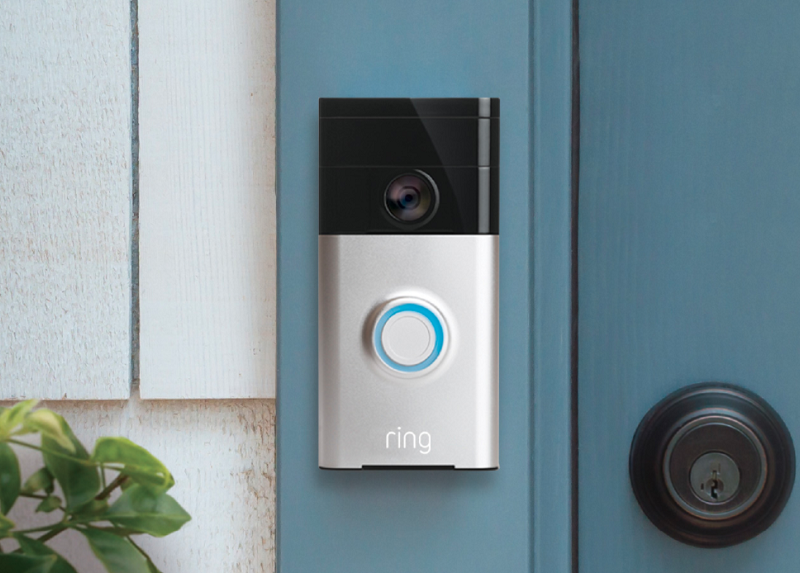
Smart Doorbells
In 2013, Jamie Siminoff crowdfunded the smart doorbell device that Amazon would acquire five years later for over $1 billion. Today, Siminoff's video doorbell is known as Ring, and it seems like every other house in the suburbs has one — for better or worse.

Grubhub and DoorDash
Not long ago, you were lucky if your favorite non-pizza restaurant delivered, especially outside of major cities. Now you can have just about any type of cuisine your heart desires ferried to your door in under an hour. Grubhub was founded in 2004 but didn't offer its own delivery services until 2015, while DoorDash didn't launch until 2013.
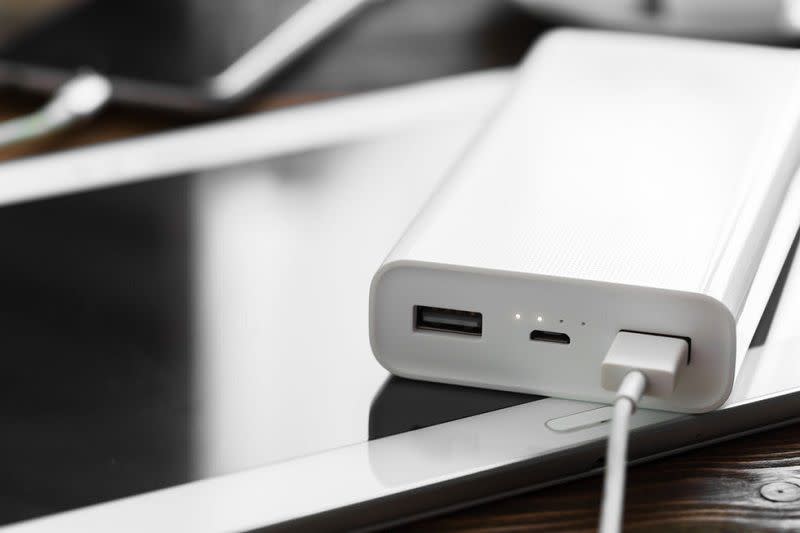
USB-C
When USB-C came onto the scene in 2014, it revolutionized how we transfer data and charge devices. To give you an idea of how dominant USB-C is, just look to the European Union, which is planning to force companies to use USB-C charging ports starting in 2024. (That means Apple's lightning cable may not be long for this world).
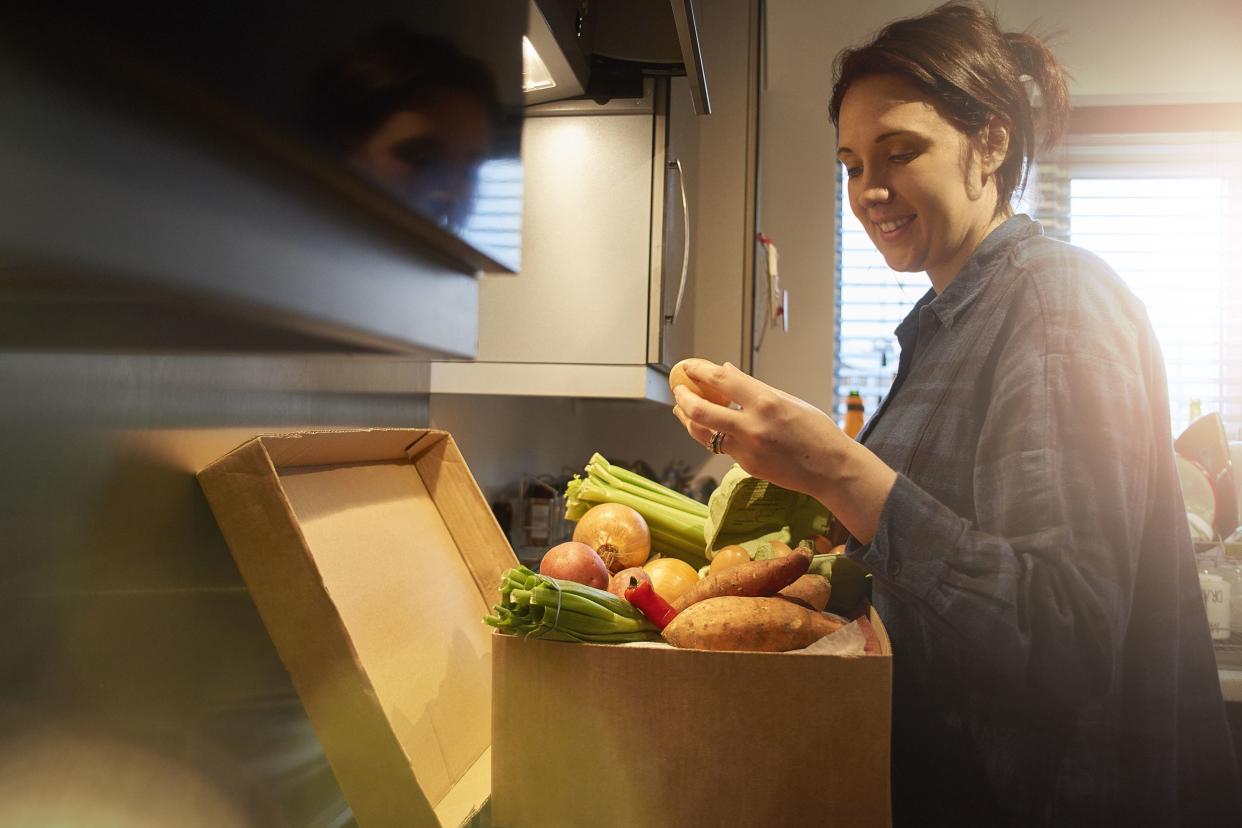
Instacart
Don't feel like getting off the couch for a few last minute groceries? Not a problem these days with services like Instacart, where someone else will grab everything on your list and bring it right to your door. The service, which didn't launch until 2012, has formidable partners including Aldi, Kroger, and Costco that are using it in their battle to compete on grocery delivery with Amazon.
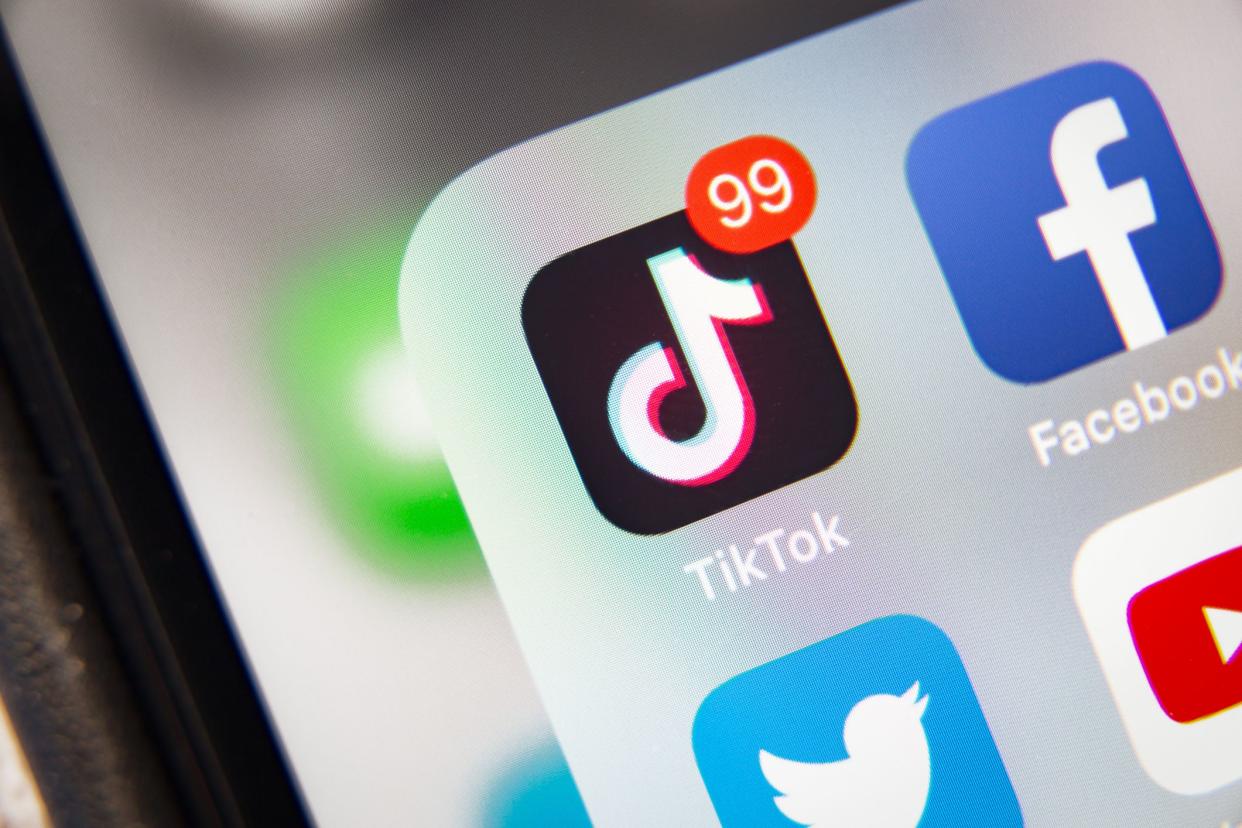
TikTok
Since TikTok's arrival in 2016, it's completely transformed the social media landscape, pushing other platforms to adopt short-form video content. Even the Meta-owned tech giant Instagram has changed its focus in the wake of TikTok's rise — and some people are upset.
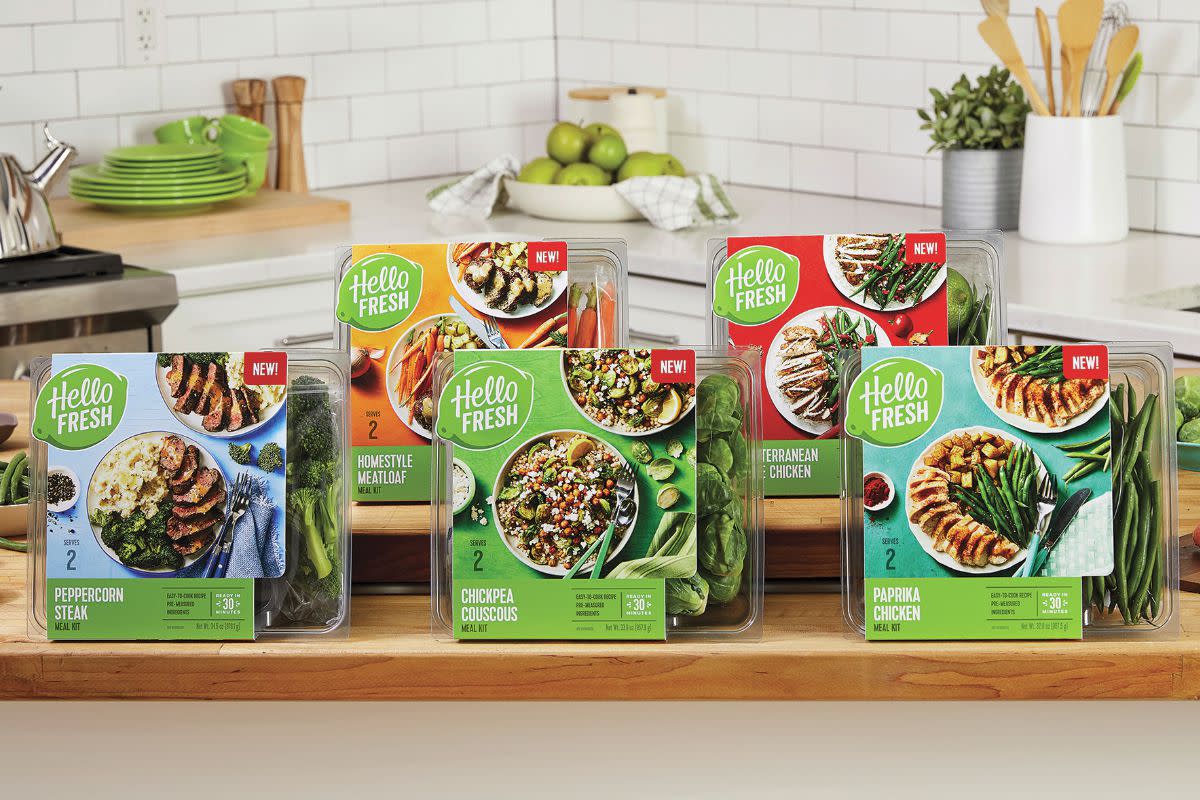
Meal Kits
Remember when whipping up a home-cooked meal required a grocery list and a trip to an actual grocery store? Today, any number of meal-kit companies will drop everything you need for an impressive dinner right on your doorstep. Familiar names like Hello Fresh and Blue Apron didn't start helping out home cooks until 2012.
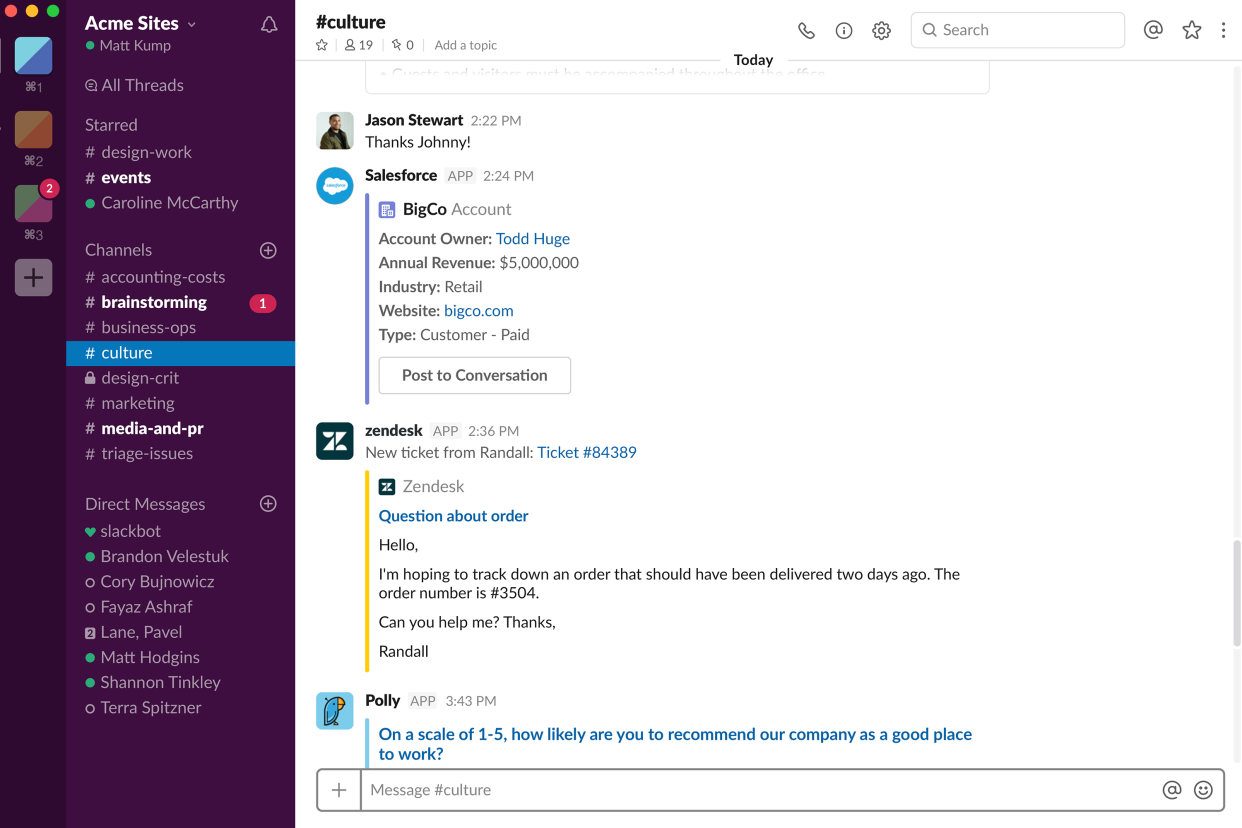
Slack
At many companies, e-mail inboxes are finally emptying out thanks to Slack, a workplace chat platform that lets coworkers communicate more easily, and more importantly, in real time. Released in 2014, Slack has seen exponential growth, especially since the start of the pandemic, and now counts 10 million active daily users across a staggering 600,000 organizations.
Related: 25 Expert Tips for a Healthy Work-Life Balance While Working from Home
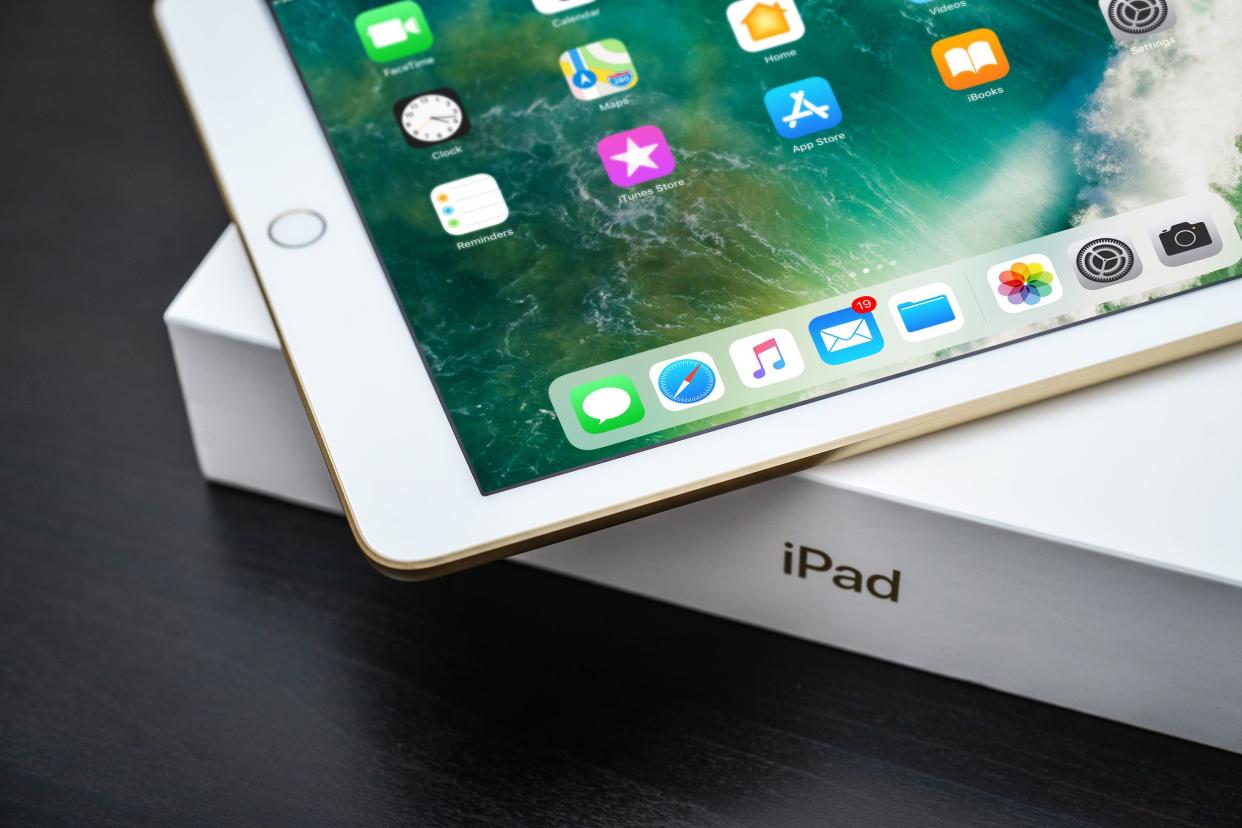
Apple iPads
Everyone's favorite tablet actually didn't hit the market until 2010, a few years after techies first got their hands on the first iPhone. The first version, hailed by Apple as a "magical and revolutionary device" for web browsing, started at $499 for a model with a now-paltry 16GB of storage; today, you can get one with double the storage for just $300.
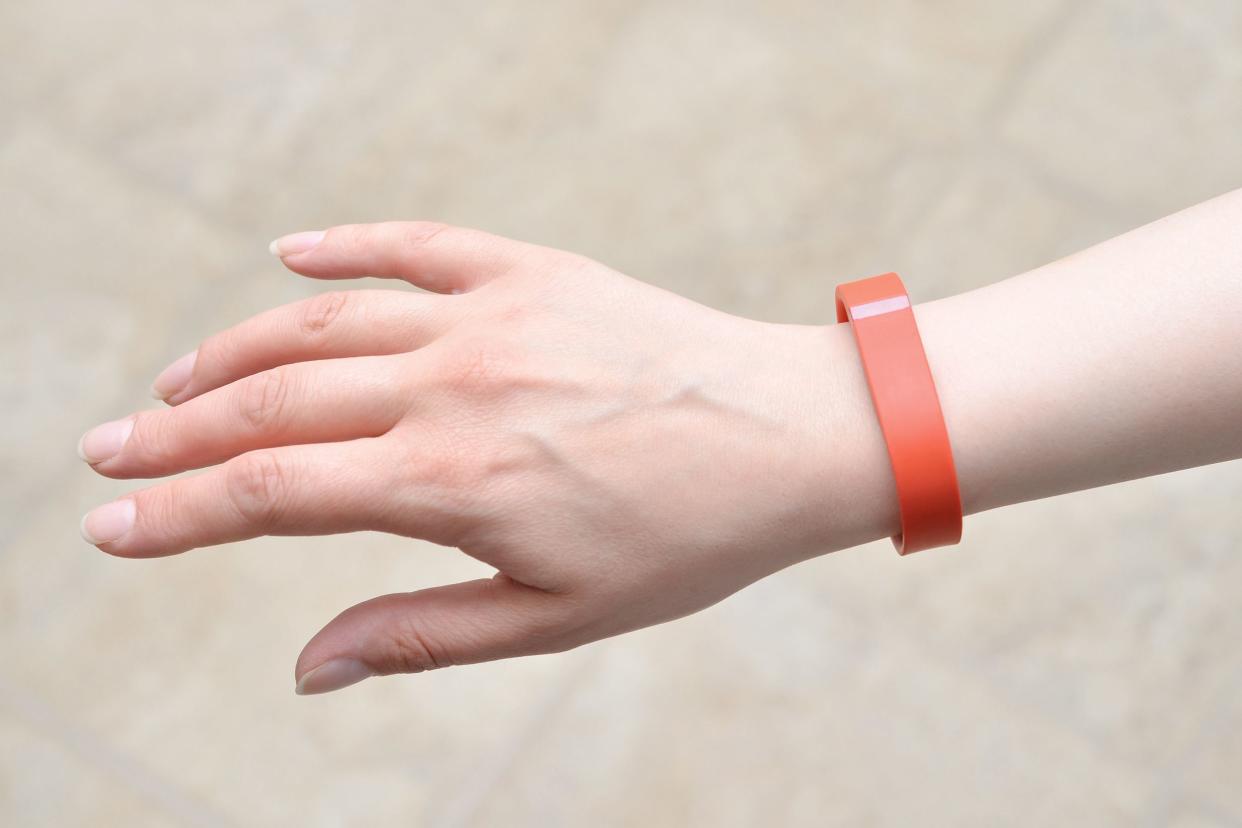
Fitbits
Wrist-based fitness trackers have become an industry in their own right, but it wasn't so long ago that the closest we came to the concept was a low-tech pedometer or an unwieldy heart-rate strap. Fitbit, the company that really ignited the wearable trend, didn't launch its first fitness tracker until the end of 2009.
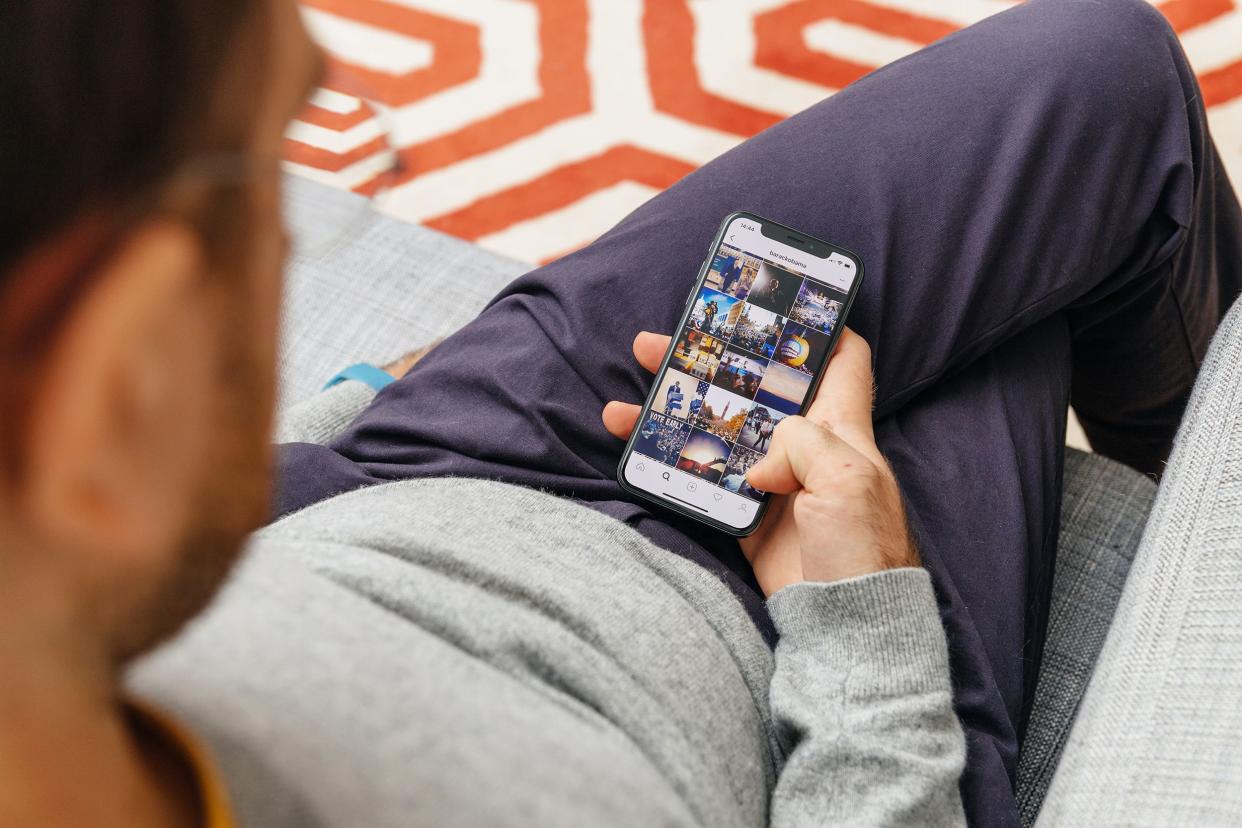
The app that has made social-media sharing a largely visual experience wasn't rolled out until 2010, when its founders began posting their heavily filtered, square-framed photos in earnest. The gambit paid off big time, as Facebook would later snap up its growing competitor for $1 billion in cash and stock.
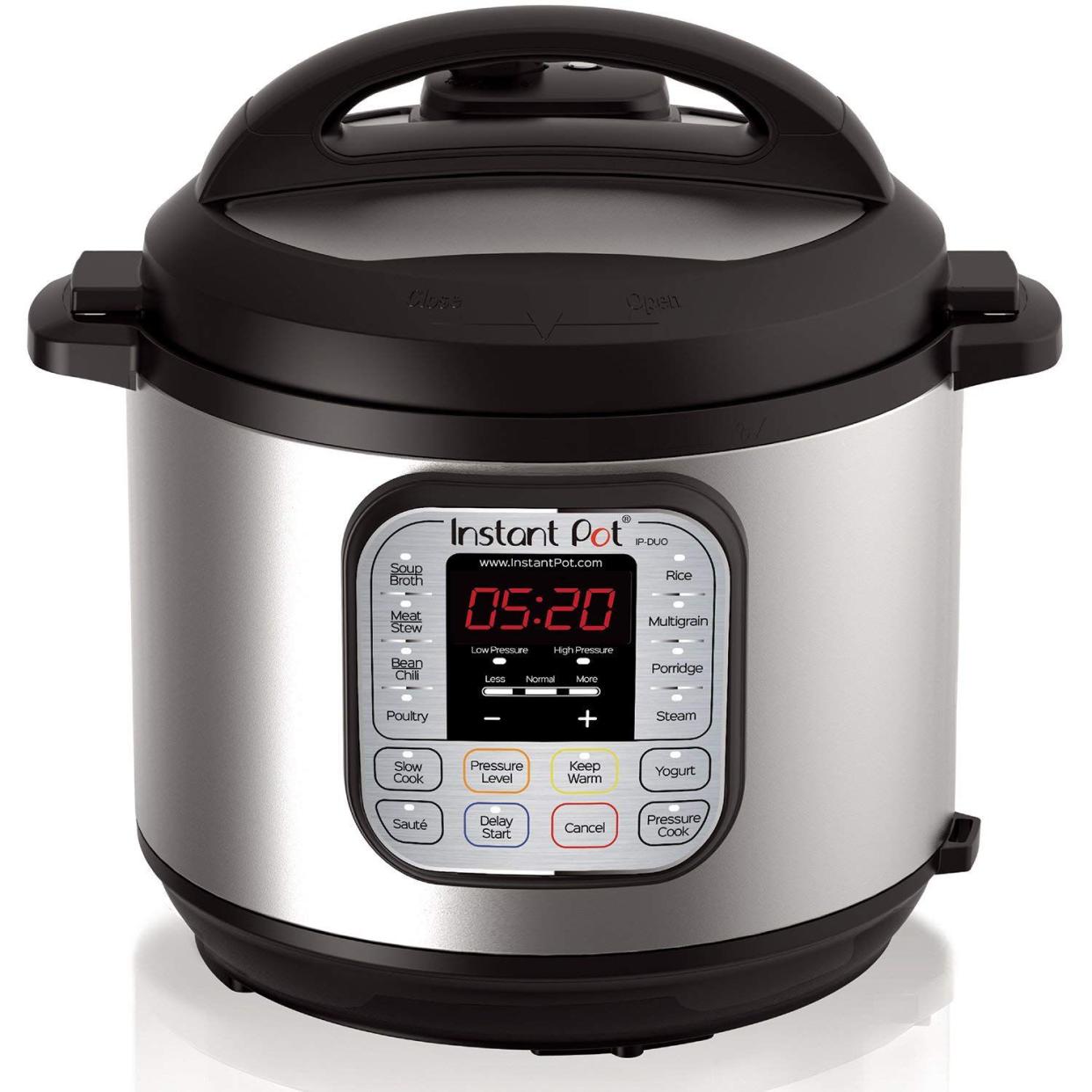
Instant Pots
This trendy all-in-one pressure cooker (and slow cooker, and rice cooker, and steamer) is suddenly everywhere, but it wasn't invented until 2010. Sales got off to a modest start, too, with just 1,000 sold in 2011, but they've more than doubled every year since then. And in 2017, it was the most wished-for item on Amazon. In 2020, it was Amazon's most wished-for kitchen and dining product.

Uber and Lyft
Taxis are so 2009. In 2010, a rider called for the first Uber in San Francisco. By 2014, the ride-hailing app was operating in 100 cities; by mid-2017, riders had taken a staggering 5 billion trips. Uber's main competitor, Lyft, launched a bit later, in mid-2012.
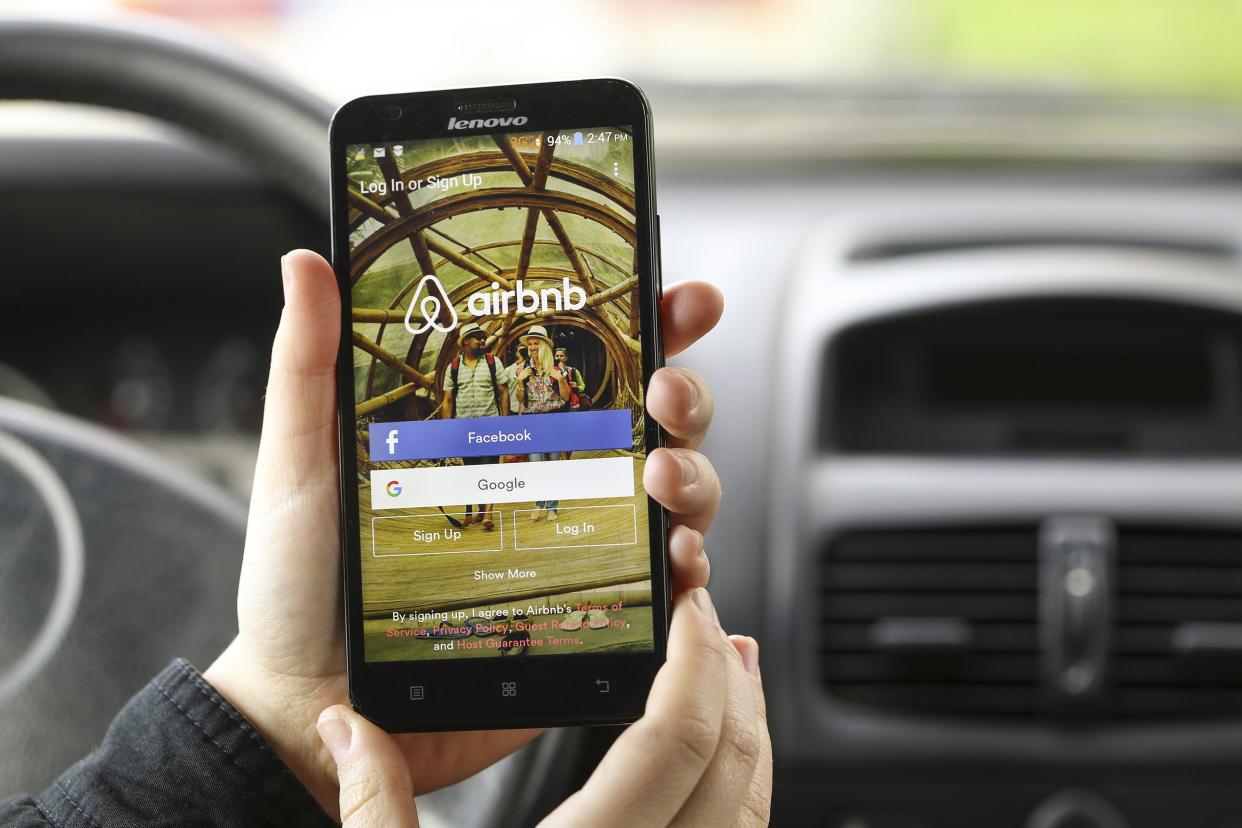
Airbnb
For many travelers, Airbnb has become a welcome alternative to pricey hotel rooms, but it was barely getting started a decade ago. Airbnb was founded in 2008, and the founders even resorted to hawking election-themed cereals (Obama O's and Cap'n McCains) to keep the site going. In 2009, just 1,400 guests used it for their New Year's accommodations, but you could say business has taken off: In 2019, there were an estimated 187 million bookings.

5G Cellular Data Networks
"If your smartphone seems more like a slow phone, hang in there," Wired told readers back in 2010. "The next generation of wireless technologies, known as 4G, promises blazing-fast data transmission speeds." Today, 60% of phones in the U.S. have already moved on to 5G, just years after T-Mobile launched the first nationwide 5G network.
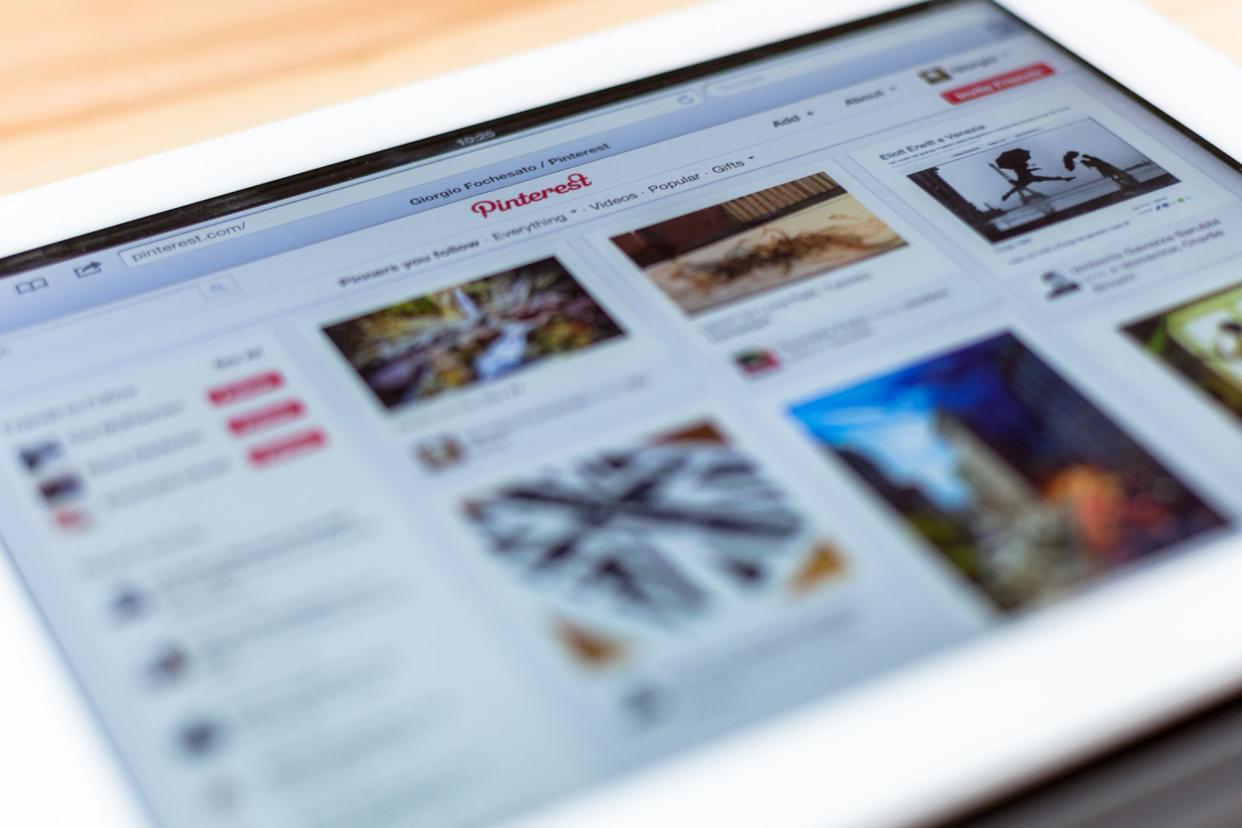
This online pin board for recipes, crafts, articles, and anything else you want to save while browsing the web was founded in 2008, but didn't launch in anything approaching its current form until 2009. Today, the research firm Statista says it has more than 440 million monthly users who are pinning ideas on everything from going gray gracefully to how to make homemade jam.

Ultra High-Definition TVs
If you have a newer television, chances are high that it's ultra high definition, otherwise known as 4K (so named because the displays have four times the pixel resolution of a standard high-definition set). Ultra high-definition TVs started taking hold around 2015, about a decade after we were first wowed with standard high-definition sets. What's next? Maybe 8K TVs, but expect it to be a while before mere mortals can afford them.
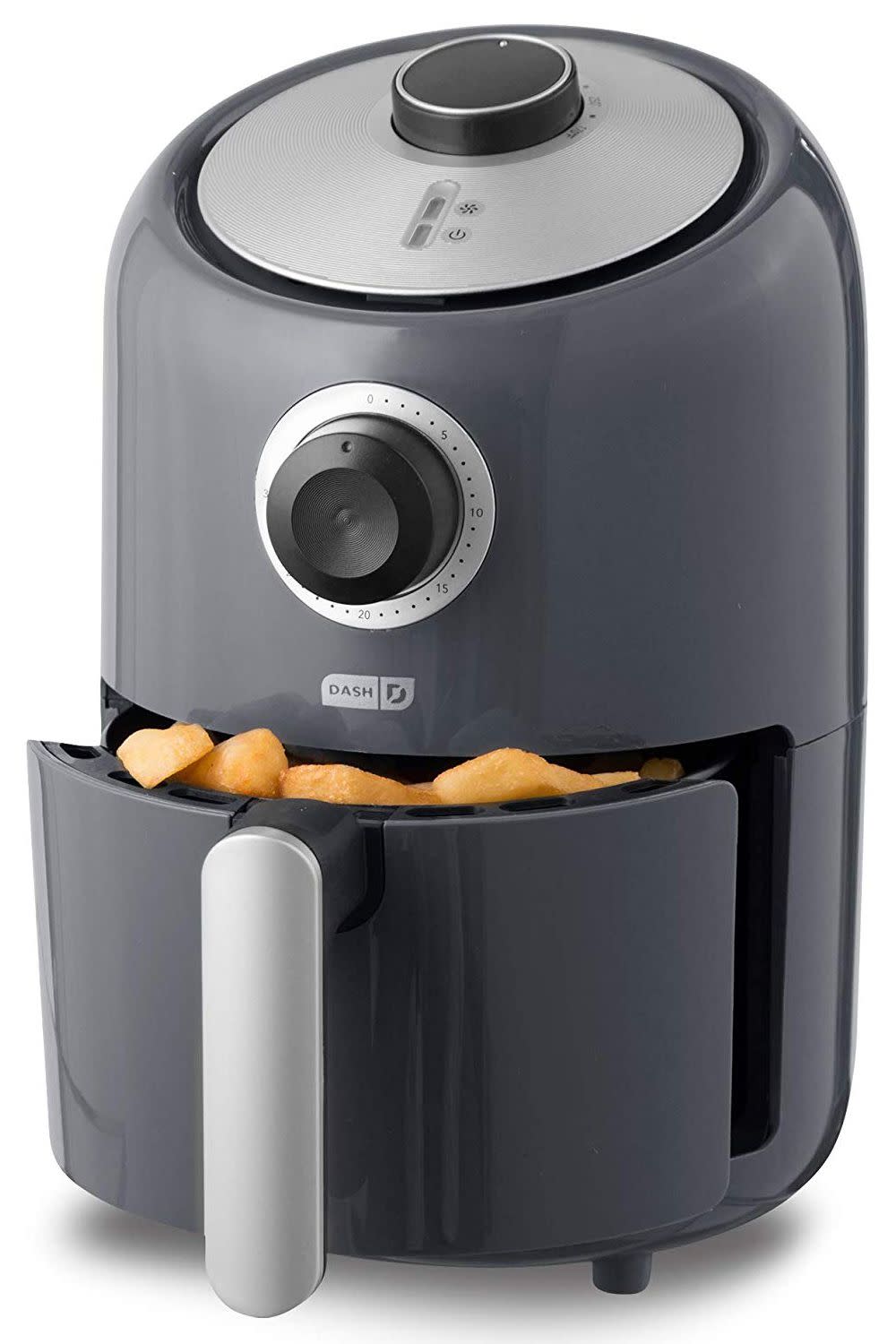
Air Fryers
Air fryers are right up there with the Instant Pot as the must-have small appliance of the past few years. But this healthier way to enjoy some of your favorite guilty pleasures, from chicken wings to mozzarella sticks, is also a relatively new invention. Philips was the first brand to unveil the technology in 2010. According to the NPD Group, almost 10 million air fryers sold between late May 2017 and mid-March 2019. Sales also spiked during the pandemic.
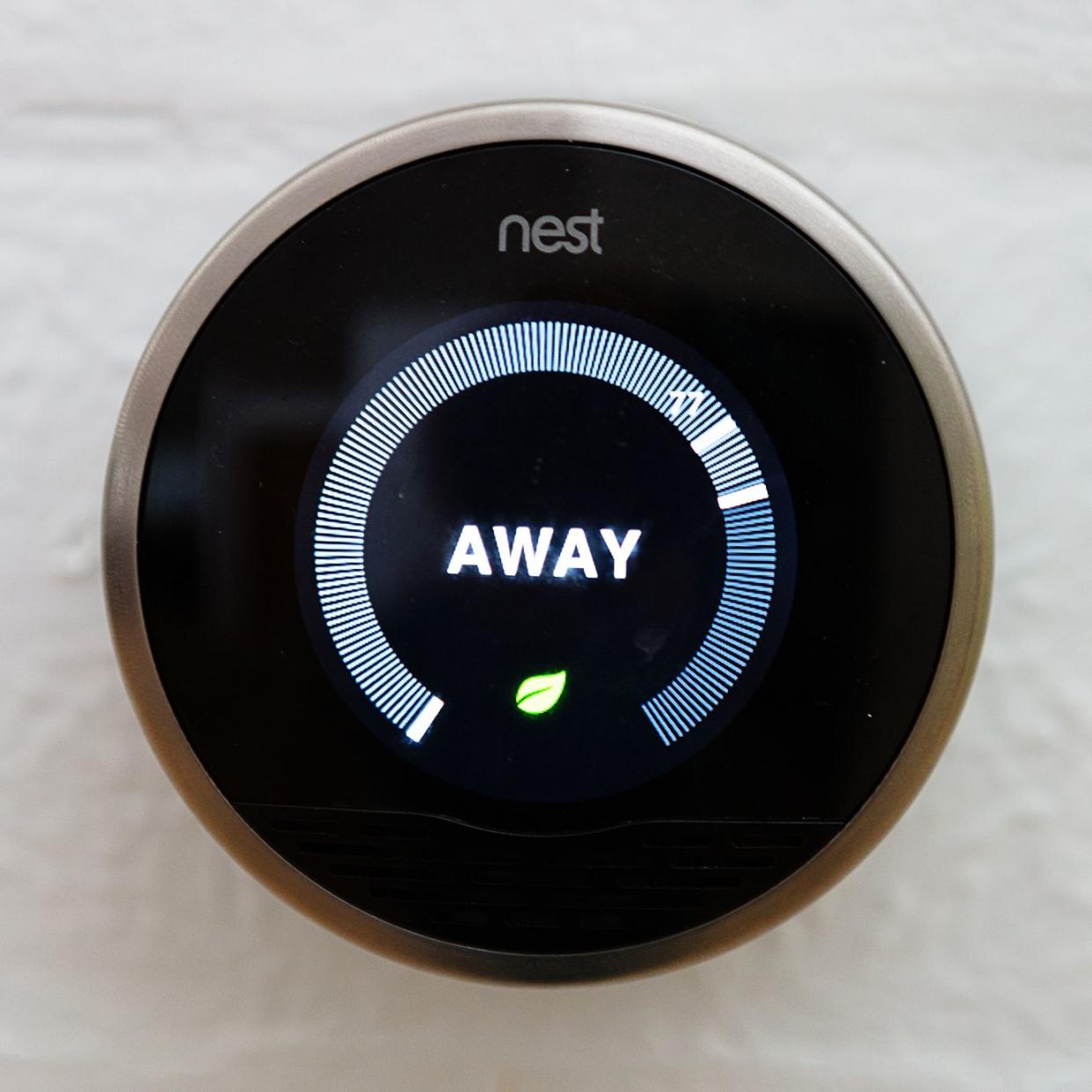
Smart Thermostats
Believe it or not, we've only been connecting our thermostats to the internet for about a decade. The first smart thermostat, from Ecobee, hit the market in 2009. The biggest name in smart thermostats, Nest, got in the game with its first-generation "learning thermostat" — different because it adjusts itself to save homeowners money — in late 2011.
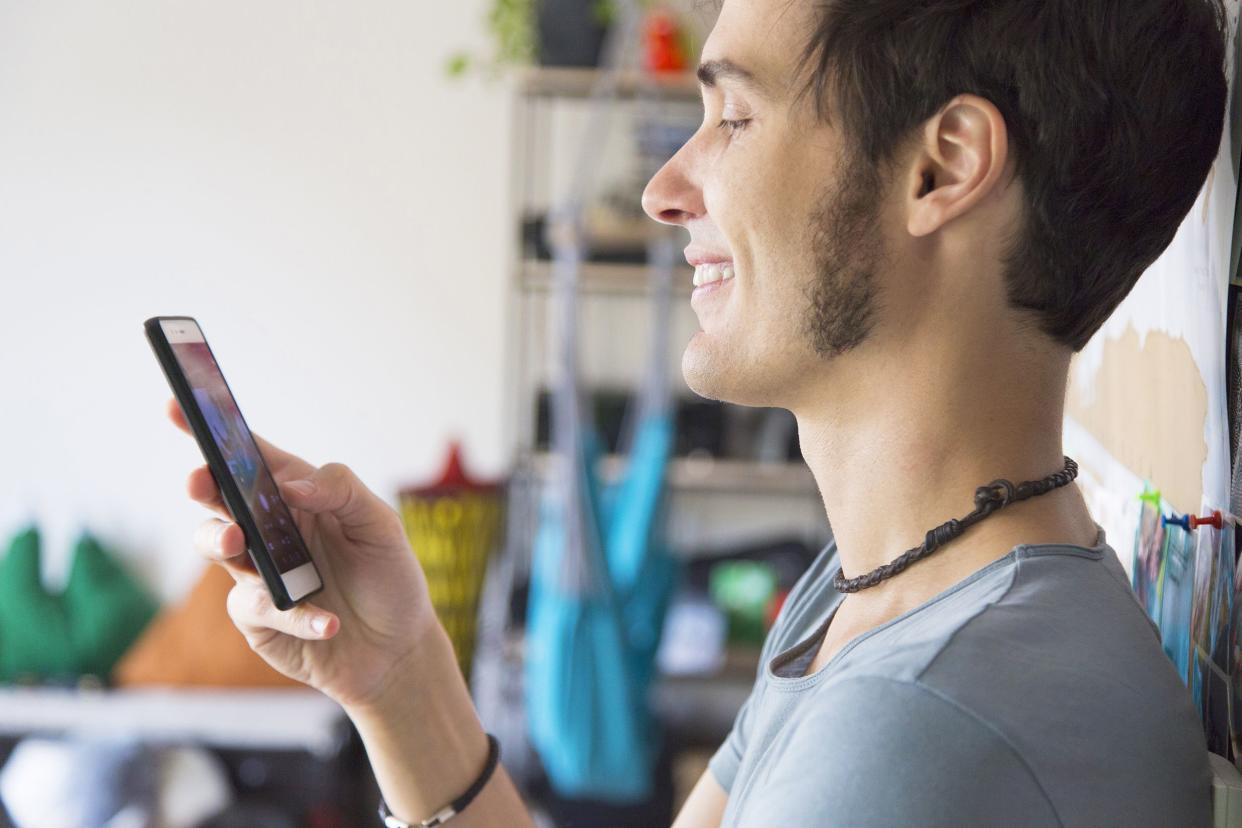
Tinder
Winking at someone from across the bar, or even composing a lengthy online dating profile, seems downright quaint in this age of swiping right or left. But Tinder didn't start upending the online dating industry until its launch in 2012. Today, Tinder says it sends users on 1.5 million dates a week.
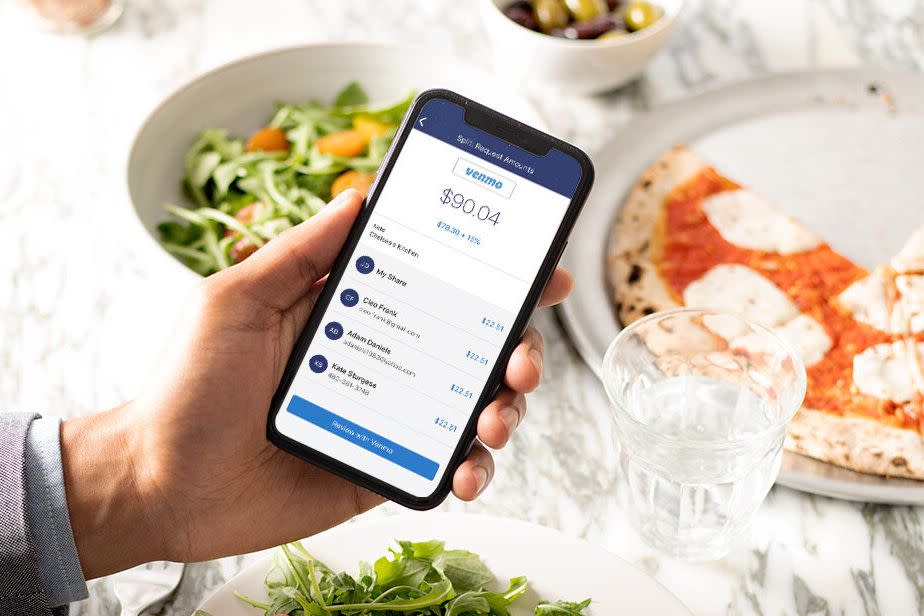
Venmo
Time to pay your friend back for covering dinner? Need to chip in for an expensive cab fare? You need Venmo, of course. This quick, painless, social-media-savvy way to send and receive payments with a smartphone didn't receive any investor backing until the end of 2009. But it all worked out when the 800-pound gorilla of digital payments, PayPal, acquired Venmo during part of a larger deal in 2014.
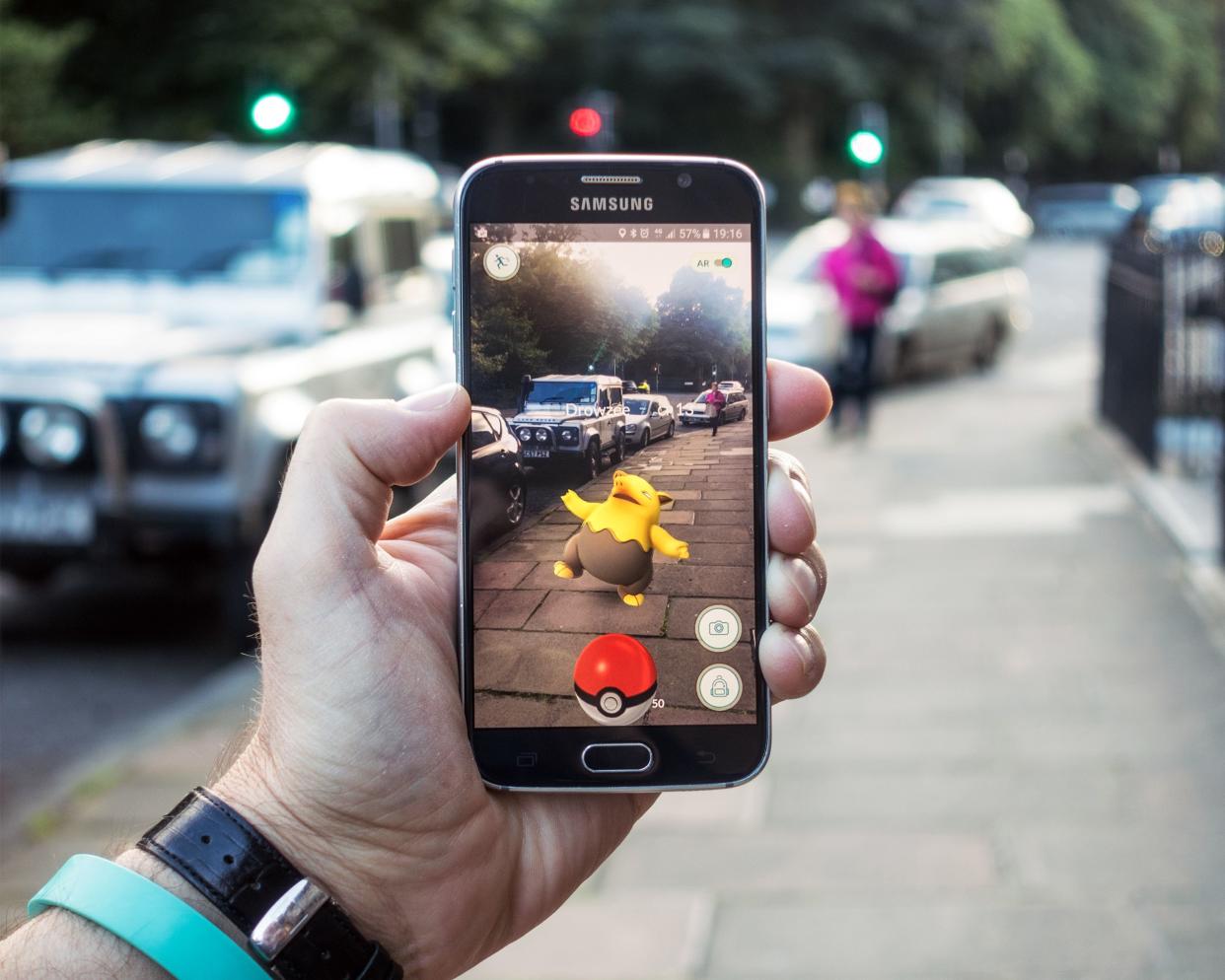
Android Phones
If you're a smartphone user who has resisted the siren song of Apple, chances are high that your phone runs on an Android operating system. Big names including Samsung, Sony, and LG power their phones with Android, which was snapped up by Google in 2005. But even then, it would still be a few more years before an Android phone hit the market to compete with the iPhone.
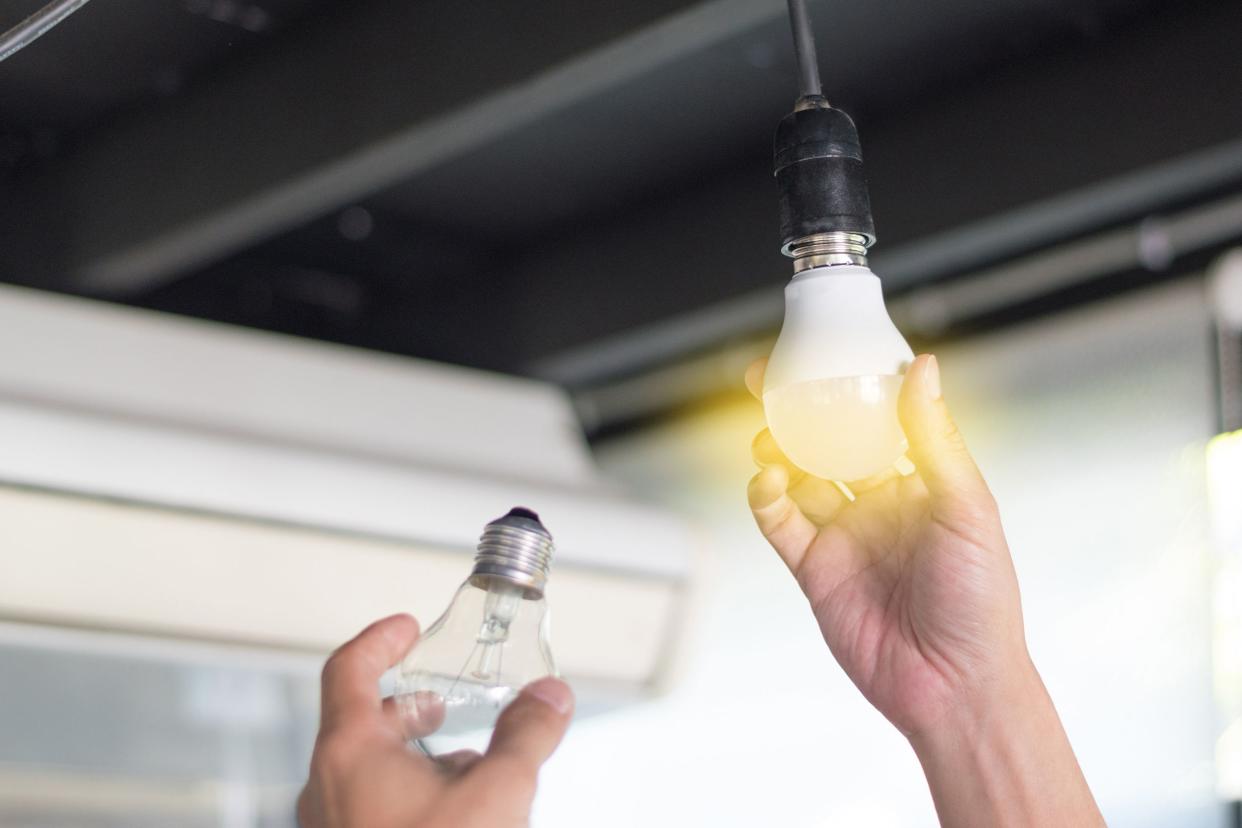
Cheap LED Bulbs
Invented in the '60s, LEDs (light-emitting diodes) are nothing new. But making LED technology cheap and efficient enough to replace incandescent light bulbs? That process took quite a while. We've only seen widespread adoption of LEDs over the past decade, during which time the cost of LED bulbs has plummeted 85 percent, according to the Department of Energy.

Online Thrift Stores
Although people have been selling their clothing on eBay for years, it was only in the 2010s that trendy, peer-to-peer thrift stores began to pop up online. We're thinking of household names such as DePop, Grailed, Poshmark, and thredUP, all of which were conceived within the past 15 years.
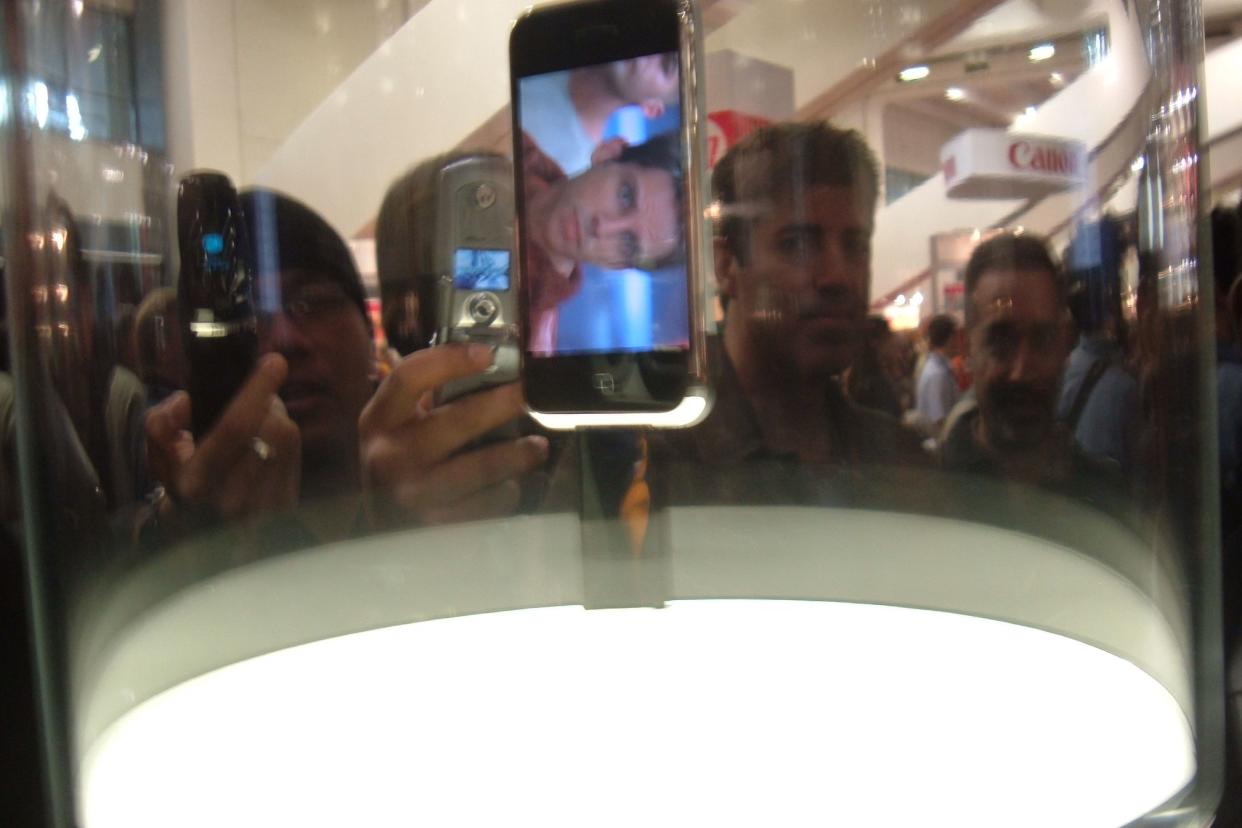
iPhone
By 2007, the mobile phone was nearly universal. But that year, Apple, under the stewardship of Steve Jobs, revolutionized the budding smartphone industry with a device that crammed the operational capacity of a computer into the body of a phone. The iPhone was born.
This article was originally published on Cheapism

